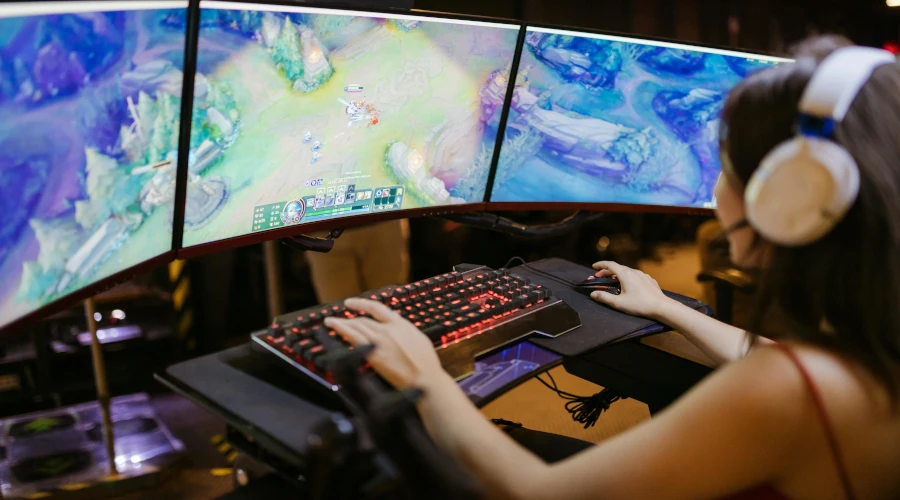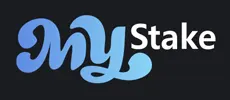 November 5 2025
November 5 2025
This article looks at the various ways players can obtain Counter-Strike 2 skins using official marketplaces, peer-to-peer trades, and online case platforms. It explains the participants involved in the skins market, the available options, the timing and locations of the transactions, and the reasons behind the value of skins.
Counter-Strike 2 skins enable players to customize the look of their weapons and gear, and also partake in a thriving trading ecosystem that has developed in parallel to the game. For casual players, collectors, or market watchers, there are myriad opportunities for acquisition and participation.
Over the past few years, the trading ecosystem and skin economy have expanded significantly and are now valued in the multiple billions. This article deals with primary acquisition methods, the steps involved in each method, the risk and profit involved, and the primary considerations to bear in mind before participating in the market.
Like other products in the horizontal gaming markets, CS2 weapon skins are nothing but garnitures; they design guns, gloves, and game gloves, but do not shift game-play functionalities of guns in the game.
They are aesthetically beautiful, but factors of rarity, design, and popularity create real-world value. As of early 2025, all skins in CS2 have been valued at over 4.2 billion dollars, and in May 2025, the reported value was over 5 billion dollars, according to Bo3.gg.
These values suggest that skins have transcended game value and become tradable real-world assets. Hence, each purchase or trade in CS2 markets ought to be thoughtful, considering value and risks of real-world volatility, uncertainties in value, and regulation.
Another option available to obtain skins is through third-party online services and case sites that use a chance-based system to acquire skins. The CS2 case sites, where users buy a case and a key and receive a random skin in return, are an example of this.
The official case drop rates indicate a 0.26 per cent chance of receiving a top-tier knife or gloves in standard weapon cases.
This method is more exciting than any of the previous options; however, it is the least predictable in terms of value and the most likely to result in a loss. Community feedback and trustworthiness of the site must be taken into consideration prior to engaging in this method.
Game official marketplaces offer some of the easiest options for buying skins. Customers can look at the numerous skins, pick any they like, and buy them with their account wallet funds and linked payment methods. In contrast, buying skins from opening cases or participating in third-party sites can be risky.
Customers have more control when they buy skins directly from the marketplace and avoid the randomness associated with other methods. If players are looking for particular skins for their collection, buying directly from the marketplace will permit them to bypass speculation.
Exchanging items with other users gives you more room in negotiation. This can be done both in-game and in community sites. Player-to-player trades make up a significant amount of the total trades. This is useful for getting specific items, finding ones with the right value, and getting ones that are not listed in the official market.
However, people need to be responsible in verifying their exchange partners, checking the items, and overseeing the safe transfer of items. This form of trading puts all the responsibility on the exchange partners to find out all the risks in the trade.
You should consider your goals and risk tolerance when deciding between the various methods available for acquisition. For example, if your goal is to acquire a given skin with consistency, you will appreciate the predictability that comes with acquiring it through the official marketplace.
On the other hand, if you enjoy a more strategic and hands-on approach to research and negotiations, you might enjoy trading, even if it means you might gain access to more elusive items. For individuals who enjoy risk and the unexpected, case sites might be the best option.
However, it is important to remember that older cases with limited drop pools and lower supply will increase in value. For instance, one study reported by SiegeGG highlighted that between late 2024 and early 2025, the price of skins increased by approximately 15 per cent. For this reason, tracking value increases, setting limits, and understanding your risks is essential.
In Counter-Strike 2, acquiring skins is more than a simple visual alteration. It allows users to join a seamless active economy, wherein participants can gather economically valuable virtual items. Buying, trading, or opening case-style containers offers differing risks, levels of control, and certainty.
Knowing approaches and their possible outcomes allows users to gather and estimate specific intended collection objectives, which may include rare skins, managing trades within a collaborative ecosystem, or simply the enjoyment of constructing a specific collection.


Curacao-License


Malta-License (EU)


Malta-License (EU)


Malta-License (EU)
 There is a No Deposit Bonus available: 25 Free Spins
There is a No Deposit Bonus available: 25 Free Spins


Curacao-License
 There is a No Deposit Bonus available: 30 Free Spins
There is a No Deposit Bonus available: 30 Free Spins


Curacao-License



Curacao-License
 There is a No Deposit Bonus available: 30 Free Spins
There is a No Deposit Bonus available: 30 Free Spins


Curacao-License
 There is a No Deposit Bonus available:
25 Free Spins
There is a No Deposit Bonus available:
25 Free Spins


Curacao-License


Curacao-License
 There is a No Deposit Bonus available: 25 Free Spins
There is a No Deposit Bonus available: 25 Free Spins


Curacao-License


Curacao-License
 There is a No Deposit Bonus available: 15 Free Spins
There is a No Deposit Bonus available: 15 Free Spins


Curacao-License


Curacao-License


Curacao-License